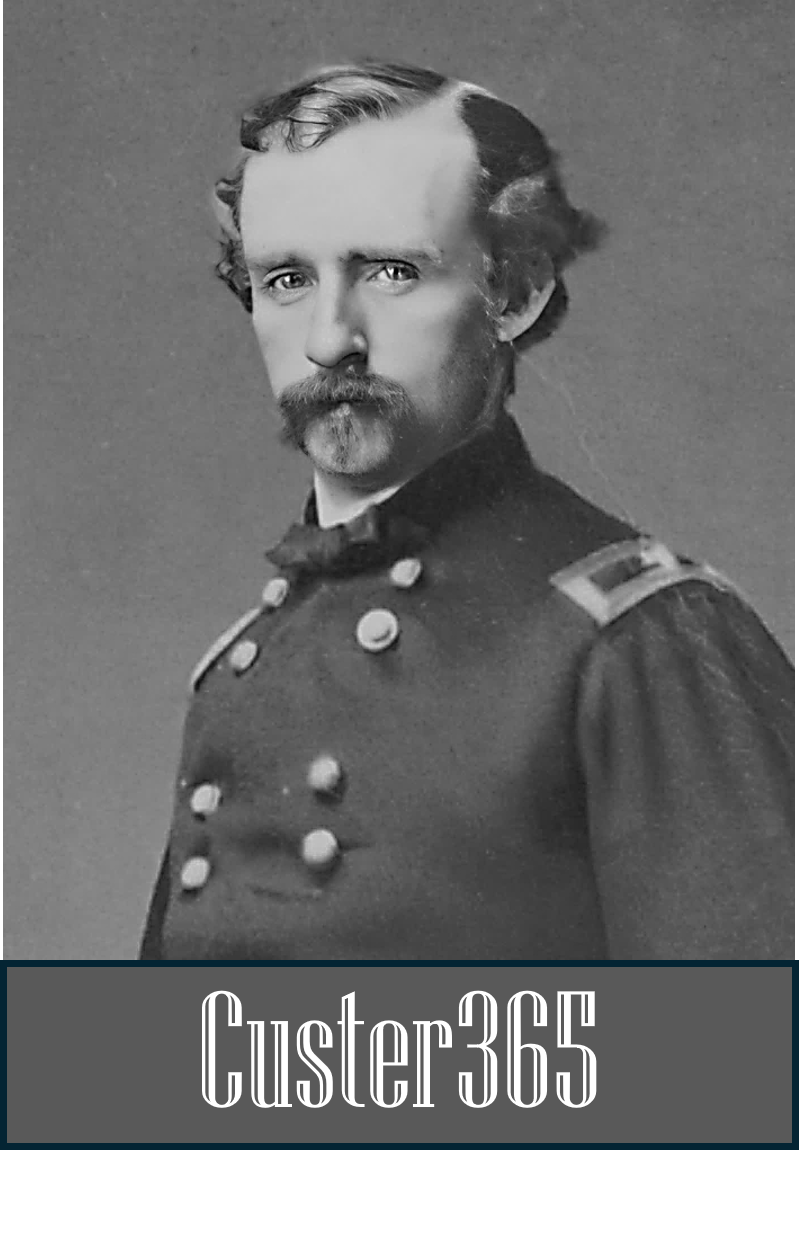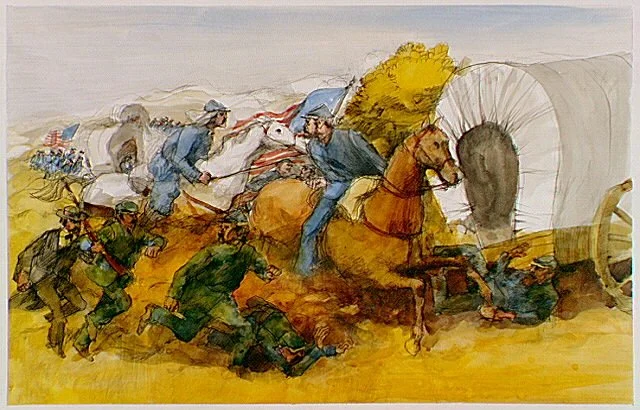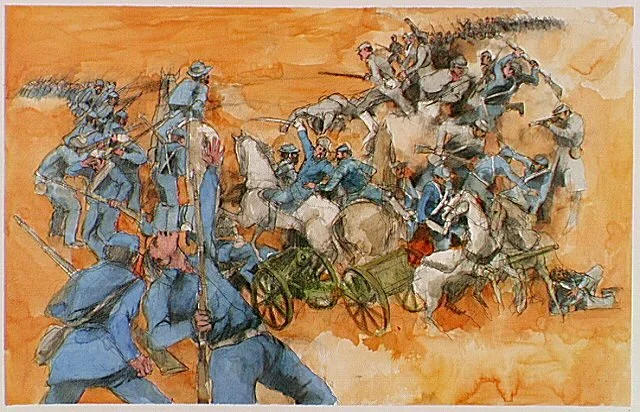JULY 21: Trouble at Bull Run
Newly minted West Point graduate George Armstrong Custer is ready for action at the Battle of Bull Run on July 21, 1861. Just 30 miles from Washington, D.C., Bull Run was the first land battle of the Civil War. (Note: It was customary for the Union to name battles after prominent geographical features nearby, such as rivers or creeks. Confederates, on the other hand, often named battles after the closest town or settlement. The Confederates referred to the same July 21, 1861 battle as the Battle of Manassas.)
The Federals, about 35,000 soldiers, were led by General Irvin McDowell. They marched from Washington on July 16 to begin a long-awaited campaign to capture the rebel capital of Richmond. They were, according to the National Park Service (NPS), “an army of green recruits, few of whom had the faintest idea of the magnitude of the task facing them.”
It was only three months since the Civil War erupted at Fort Sumter, South Carolina. The Union military command believed that the Confederacy could be crushed quickly and with little loss of life. In July, this overconfidence led to a premature offensive into northern Virgina led by McDowell. The Federals matched up against Confederate forces near the railroad junction of Manassas, located just 30 miles from Washington D.C. Alerted to the Union advance, General Pierre G.T. Beauregard massed some 20,000 rebel troops there and was soon joined by General Joseph Johnston, who brought some 9,000 more troops by railroad.
According to NPS, the Union attack commenced at 2:30 a.m. on the 21st with McDowell moving three divisions into place. The first shot was fired around 5:30 a.m.
Fighting became heated throughout the morning and by noon the Confederate line began to crack around Matthews Hill. Rebels quietly retreated southward through the yard of the Stone House and up the slopes of Henry Hill.
NPS covered what came next: “Coming into position on the eastern slope of the hill were the 2,500 Virginians under General Thomas J. Jackson and a line of 13 artillery pieces. This new line was quickly challenged by federal soldiers striking at their right near the Robinson Farm and a long range artillery bombardment that continued for over an hour.
Statue of Confederate Gen. Thomas J. “Stonewall” Jackson at Manassas National Battlefield Park, Virginia. (Credit: LIbrary of Congress)
“At some point during the afternoon fighting on Henry Hill, Confederate General Barnard Bee remarked to the men of the 4th Alabama Infantry: "Yonder stands Jackson like a 'Stonewall.' Let us go to his assistance." With those words, the legend of Thomas J. "Stonewall" Jackson and the "Stonewall" Brigade were born.”
As commander of a Federal cavalry unit, second lieutenant George Custer was cited for bravery under fire that day when he rode forward to turn a jam-up at a bridge caused by fleeing Union solders into an orderly formation.
A watercolor illustration of Union troops fleeing the Battle of Bull Run, July 21, 1861. (Credit: National Park Service)
His actions led to serving as aide-de-camp to Brigadier General Phillip Kearny.
In a surprising rout, the Confederates not only defeated McDowell’s Union forces, but drove them back to the safety of Washington, D.C. McDowell was sacked on July 27 and replaced by General George B. McClellan, whose initial action was to bolster troop training.
A watercolor illustration of fighting at Battle of Bull Run, July 21, 1861. (Credit: National Park Service)




